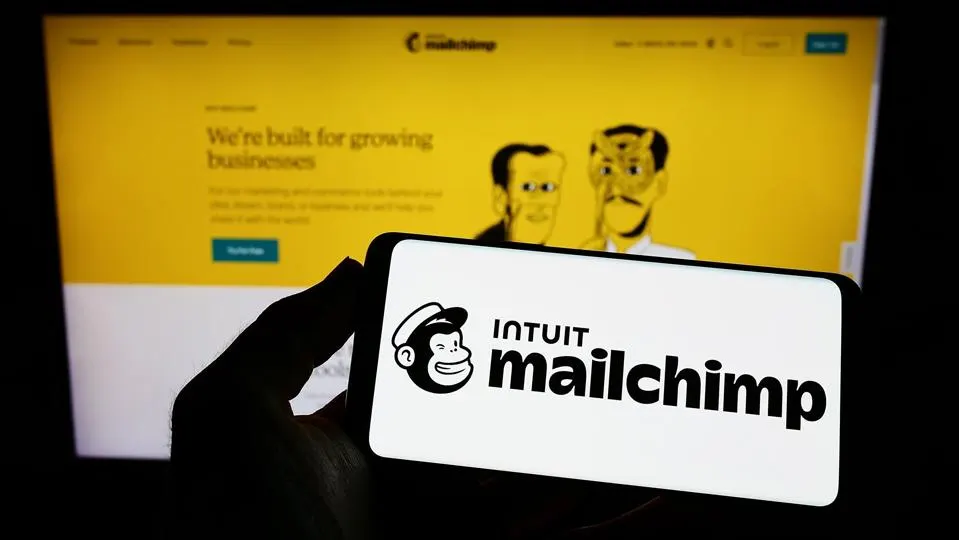7 Common Balanced Scorecard Mistakes Every Company Should Avoid
2 July 2021
Even though more than half of all major companies in the US, Europe and Asia are using Balanced Scorecard (BSC) approaches, I would argue that many of those are not as good as they could be. The reason for this is that companies take short cuts or they forget vital components when developing their own BSC.

Here are seven of the key pitfalls I see time and time again:
1) Not having buy-in and understanding of the tool across the company before you implement it.
2) Starting the BSC development with metrics and KPIs instead of the strategy. Measures cannot be relevant if they are not firmly based on the strategic objectives. The Strategy Map is the first and most important component of any BSC, KPIs follow once the strategy is clear.
3) Simply ‘filling in’ the generic strategy map template. It is important to note that the strategy map template is a framework to guide your thinking and not one you simply customise with your own worlds.
4) Copying a strategy map from another company. A strategy map has to be a unique representation of your company’s strategic objectives at this point in time. It has to be developed with close senior executive engagement and represent the distinctive challenges your company is facing today.
5) Not revising and refreshing the Strategy Map, KPIs or Action Plans. We all know that your company’s priorities shift over time and therefore the Strategy Map, KPIs and Action Plans have to reflect that.
6) Only using oversimplified KPIs to track progress. It is important that the KPIs help to track your strategic objectives but instead of developing the most relevant KPIs companies often chose the ones that are most easy to measure or the ones everyone else seems to be tracking. More effort has to go into developing truly relevant and meaningful KPIs.
7) Not having Action Plans linked to the BSC. A strategy without a plan to deliver it will always remain a trip to fairy land!
Related Articles
How Generative AI Will Change The Job Of Real Estate Agents
Real estate agents and other professionals in their industry are in the business of selling good old-fashioned solid bricks and mortar.[...]
How BCG Is Revolutionizing Consulting With AI: A Case Study
In a world where AI is transforming every sector, companies are constantly seeking ways to gain a competitive edge.[...]
The Biggest Education Trends Of The Next 10 Years
Education is changing rapidly. In today’s fast-moving world, a model where we graduate in our youth prepared for a lifelong career is simply no longer valid.[...]
Is This AI’s IPhone Moment?
Today, the term “iPhone moment” is frequently used to refer to a technology breaking through into the mainstream.[...]
AI Politicians: The Future Of Democracy Or A Threat To Freedom?
2024 is a big year for democracy, with over two billion of us voting in elections across the US, India, the EU, the UK and many other countries and territories.[...]
How Mailchimp Hopes To Build The End-To-End AI Solution For SMEs
I often write about AI's potential to transform any business. Yet, a question I frequently get from small businesses is, "Does that really include us?"[...]
Sign up to Stay in Touch!
Bernard Marr is a world-renowned futurist, influencer and thought leader in the fields of business and technology, with a passion for using technology for the good of humanity.
He is a best-selling author of over 20 books, writes a regular column for Forbes and advises and coaches many of the world’s best-known organisations.
He has a combined following of 4 million people across his social media channels and newsletters and was ranked by LinkedIn as one of the top 5 business influencers in the world.
Bernard’s latest book is ‘Generative AI in Practice’.










Social Media